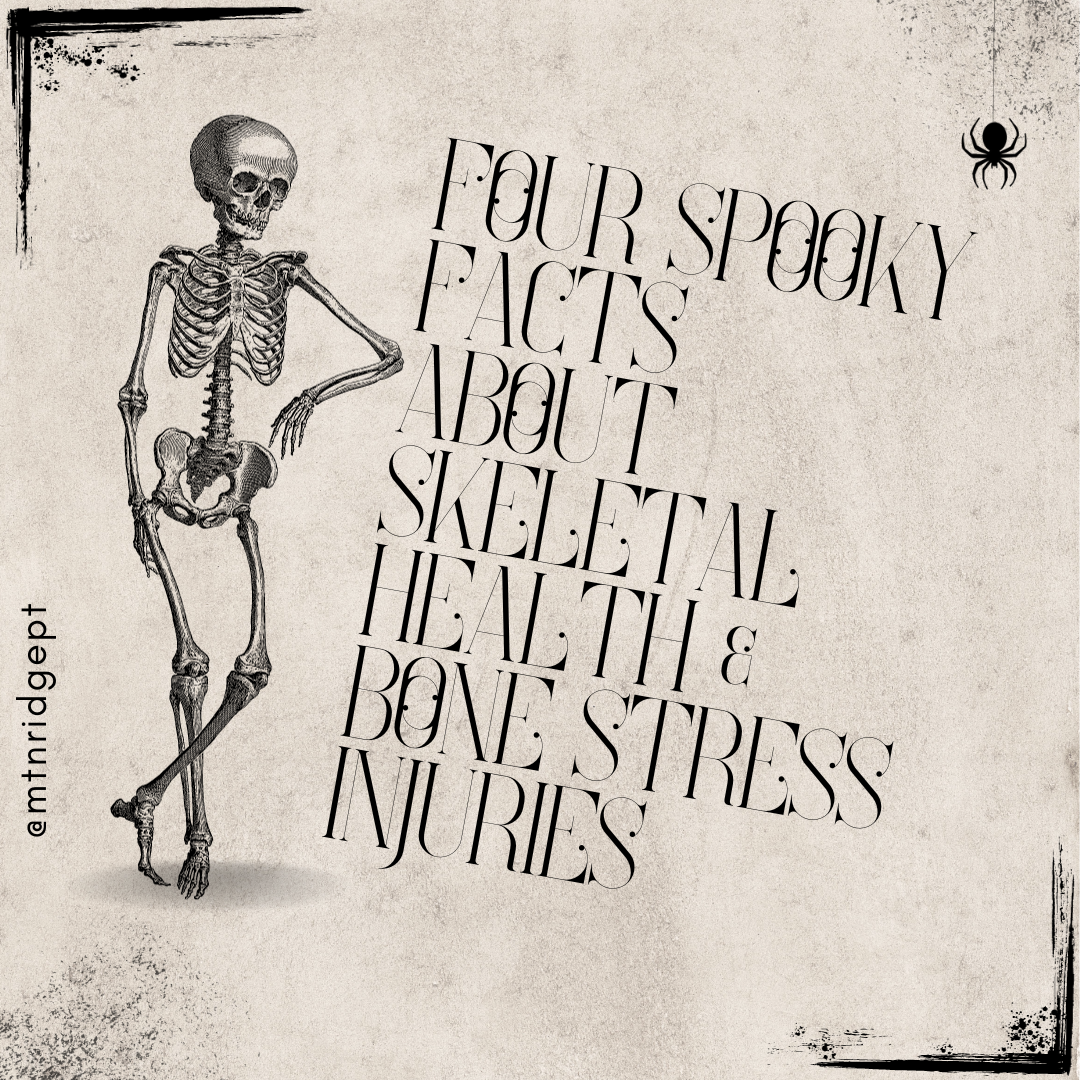Cold weather hater’s guide to surviving, and (sometimes) enjoying, indoor winter training
/Short days and frequent precipitation aren’t conducive to the types of outdoor sports that many of us enjoy. So what’s the solution? Move to New Zealand? Hole up like a hibernating black bear? I guess I am kind of fuzzy.
No offense if you have an easy time getting out into the cold consistently, but not everyone loves to train in the rain, hail, sleet, snow, slush, and ice. Is there one best approach to the off-season? Nah. If there’s anything I have learned in most aspects of life, it’s that there is no one best way but many paths toward your version of success.
First, consider one critical goal: be consistently active at a level sustainable for you. It might be a touch less than what you do in the warm months. If you’d like, it can be structured and regimented. But if that distracts you from the real goal of being active overall, my dearest Frozen Elsa, you can let it go. The thing about effective goals is keeping them reasonable and achievable. What did you manage last winter? Three daily episodes of Parks and Rec? Four? Surely you can do better than that. Let’s ride the bike smart trainer while you set a new five episode record of Brooklyn Nine-Nine! Maybe some bodyweight strength training during commercial breaks. You’ll finish feeling like an absolute champion of the day.
Proof that Humans can run outside in the snow and cold
Pick a new activity to try out or revive an old one you lost touch with, partly as a mental challenge, partly as a way to keep life interesting. Now is a great time to be honest with yourself, assess your weaknesses or negative tendencies, and do something about them. For me, it’s a nice time to emphasize more yoga and work on mobility to unwind the months of overuse and poor posture. Lay off of the endurance training and strength train an extra one to two days each week. Try to go a little heavier than you did last time around and feel more alive than ever as the delayed onset muscle soreness kicks in. Similarly, if there was ever a time to introduce other aerobic cross training to your life, now is it. Maybe you’d be more inclined to go outside for something new like cross country skiing, hiking, rucking, or snowshoeing. No? Well, indoor cycling, swimming, water running, water aerobics, rowing, stair climbing, ellipticaling(?) are absolutely fair game for improving and maintaining aerobic fitness.
Watching other sporting events while you train indoors can be a great motivator. My personal preference is college basketball. A roughly two hour block of time will whizz right by when you get caught up in the game. Before Zwift came along to suck $15 from my bank account every month, I’d often change my intensity with the possession of the ball. Easy when your team’s on offense, hard when your team’s on defense. Tempo or snacks during commercial breaks. Whatever. You’re still doing something to stay engaged and move!
Proof that dogs can run outside in the snow and cold
Similarly, movie or event watch parties are an option. If you have the space, invite a friend or two over to exercise with you. Grab your training partner, friend, spouse, or child. Now throw them high into the air. Repeat 10 times every five minutes for an excellent full body power workout far superior to Crossfit. I guess if you don’t like throwing your training partner but have a bike trainer, treadmill, or multiple pieces of exercise equipment, consider alternating turns on each device while complaining about your spouse’s yarn collection taking over the spare bedroom.
A related option is to join an exercise class. This form of social accountability works well for many people. While it can be the deciding factor for some people year-round, it’s even more beneficial under these less ideal weather circumstances, as long as you can get to the class. Seems like Orange Theory is quite popular nowadays, but maybe it’s just a cult. If you’re a real anti-social endurance badass, I look forward to reading your article on how we can all become an anti-social endurance badass soon.
Brick it. Since you admitted to having multiple pieces of indoor equipment just a moment ago and because indoor training can be described best as dull, boring, and monotonous, let’s get more creative. Triathletes thrive on brick workouts, which tend to be bike rides followed by runs. But you could make it whatever activity you wanted. Rules are for sissies. Rotate continuously from the bike, treadmill, elliptical, rower, and body weight/low resistance circuit strengthening for an interval of time, say 10 minutes each, and watch nearly an hour fly by. This is a nice way to do minimal impact, low injury risk steady-state aerobic workouts without excess boredom.
Each brick activity could have its own little mini-progression starting from an easy intensity, ascending to working comfortably hard by the final 1-2 minutes before you switch to the next activity. Heck, you can do intervals this way by hammering one activity and recovering during the second activity. Your heart and lungs absolutely do not care what the mode of exercise is but they do care to be used consistently. Even as a single sport athlete, other muscles in your body do participate in your overall physiology of processing byproducts and contributing stored muscle glycogen, meaning your legs benefit from training up your core and arms.
Don’t you want to go outside in the snow and cold?
Staying fit through winter doesn’t always have to feel like maximal work. Not everything in life constantly needs to be pushed to the limit. This mindset is eventually destructive and unsustainable anyhow. Time is the primary factor that matters. At the end of the day, were you mush in the living room recliner or at least a little active with something, anything. Stay consistent with any movement practice and you are less likely to get hurt when spring rolls around. At the end of the winter, you either averaged 5-10 hours of weekly activity (notice I didn’t specify) or you didn’t. Strive for consistent motivation because a couple hours one week and 12 hours the next isn’t going to cut it, and you’ll probably get hurt in that process.
Lastly, consider and recognize if you simply need some time to recharge. Nobody benefits from being burnt out. Training inside can help you start to miss being outside, but if you’ve lost interest in activity altogether, it’s worth reflecting on why that might be the case.
All information provided here is intended to be of a general educational nature and may not be specific to you and your needs. Unless you have seen me in the office, I am not your physical therapist. Even for the patients that I have seen, we would need to specifically assess these areas to have a full understanding of your individual capabilities. Always seek the guidance and advice of an appropriately licensed medical professional to address whether it is safe for you to perform any exercise like those mentioned here.






































